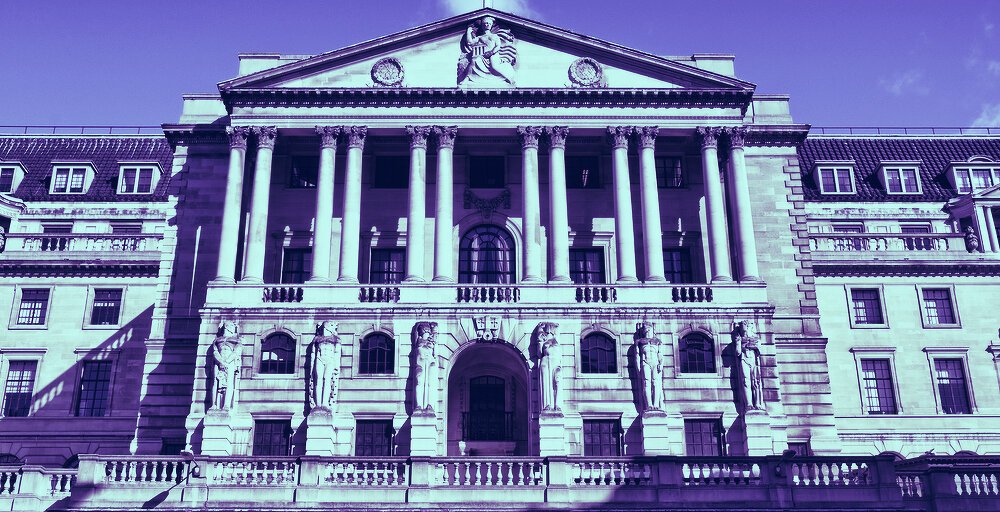The Bank of England’s governor today said that cryptocurrencies such as Bitcoin are “not money” but added that stablecoins—crypto assets that are pegged to fiat currencies—could become “systemic” in the financial system.
Governor Andrew Bailey also warned there would be “tough love” for fintech firms in his TheCityUK’s annual conference speech—though he added that the UK would experience “a robust form of innovation.”
Bailey has repeatedly said that the UK’s central bank is researching stablecoins, crypto assets that are pegged to fiat currencies such as the euro or US dollar, and looking into the benefits of central bank digital currencies (CBDCs). But Bailey has also repeatedly warned about the supposed dangers of decentralized digital assets like Bitcoin.
“Stablecoins have the potential to be systemic in terms of their importance for the financial system and its stability,” he said. “They [stablecoins] are distinct from cryptoassets such as Bitcoin, which have no backing and thus no anchor to provide stability of value. A cryptoasset is not money (hence the term cryptocurrency is misleading) and has no intrinsic value because it has no backing.”
Bailey added: “I have met crypto enthusiasts who take the libertarian view that something backed by nothing has more confidence in value than something backed by the state. Suffice to say, that is not a view I agree with.”
Bailey went on to say that large technology platforms could issue stablecoins, and therefore the central bank is keeping its eye on them. “The Bank of England’s Financial Policy Committee has set out its expectations to inform the design and regulation of stablecoins,” he said.
A stablecoin is a digital asset meant to reduce price volatility, typically by being backed to a fiat currency. Unlike Bitcoin or Ethereum, stablecoins do not tend to swing in value.
For crypto investors and traders, stablecoins such as Tether’s USDT, the most popular crypto asset in the market by trading volume, function as onramps. Crypto traders in China, for example, use Tether to access markets through the digital dollar equivalent that would otherwise be unreachable due to foreign exchange controls.
But regulators have a different view of stablecoins. The Financial Stability Board (FSB), an international body that monitors and helps shape policy related to the global financial system, last year said that stablecoins could undermine financial stability. And the Federal Reserve has expressed concern that such cryptocurrencies must be watched closely as they “could become systemically important overnight.”
Lawmakers are in part worried because such technologies have the potential to undermine the US dollar or euro. Regulators were spooked by Facebook’s stablecoin Diem project (formerly known as the Libra) and have since pressured the tech giant to put its grand idea on hold.
Just last week, Bailey declared that stablecoin payments should face the same regulations that payments handled by banks face.
Bailey also said today that a CBDC could play an “important role in sustaining, and potentially expanding retail access to central bank money.” CBDCs are digital versions of a fiat currency backed by a central bank. Countries around the world are currently researching the benefits of developing them.
The Bank of England has been slow in the development of such an asset compared to the likes of China, Japan and the Bahamas.




















